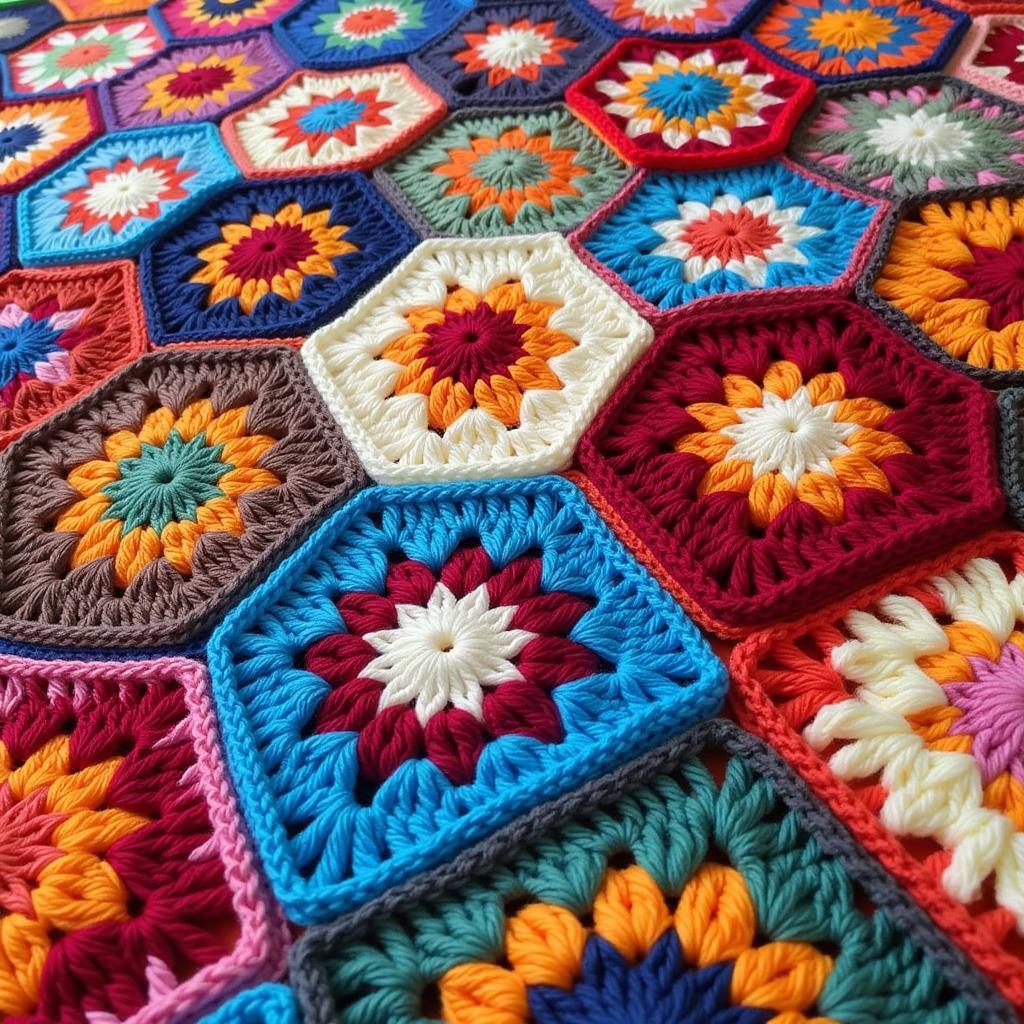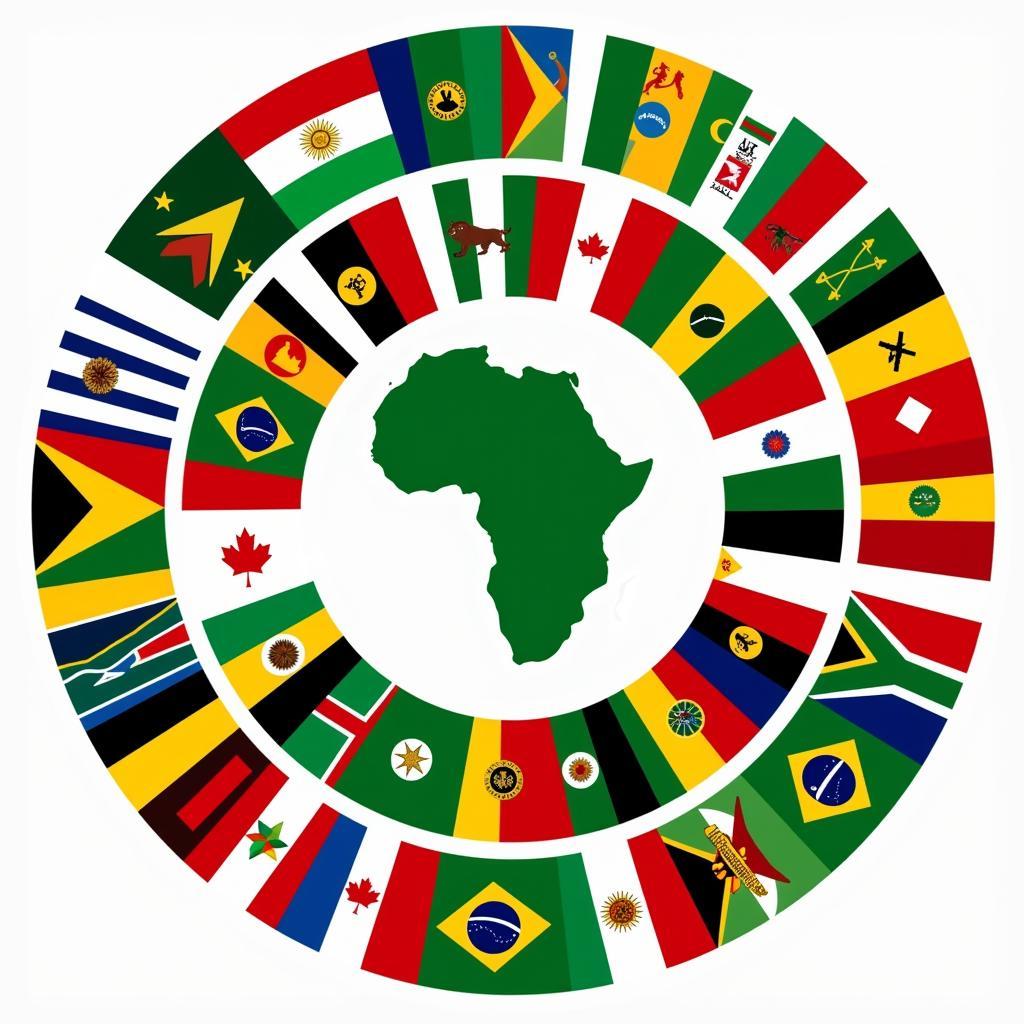African Hairstyles: A Celebration of Culture, Creativity, and Identity
African hairstyles are more than just aesthetics; they’re a vibrant tapestry of culture, history, and artistic expression. From the intricate braiding patterns to the elaborate headwraps, each style tells a story, reflecting tribal traditions, social status, and personal beliefs. This exploration delves into the fascinating world of African hairstyles, uncovering their significance and evolution throughout the ages.
The Cultural Significance of African Hairstyles
In many African cultures, hair holds deep spiritual and social meaning. It’s believed to be a connection to ancestors and a symbol of identity. Different hairstyles often signify age, marital status, social standing, and even religious beliefs. For instance, married women in some communities might adorn specific hairstyles distinct from unmarried women. Similarly, intricate braiding patterns can indicate lineage and tribal affiliations.
Beyond their social significance, African hairstyles are a testament to the continent’s artistic heritage. The intricate designs, often incorporating beads, shells, and other embellishments, demonstrate incredible skill and creativity, passed down through generations.
A Journey Through Time: Evolution of African Hairstyles
The history of African hairstyles dates back centuries, with evidence found in ancient Egyptian hieroglyphics and sculptures. Throughout the ages, these styles have evolved, influenced by various factors, including trade, migration, and cultural exchange.
During the colonial era, many African hairstyles were suppressed as they were deemed “uncivilized.” However, these styles persevered, often serving as a subtle form of resistance and a testament to cultural pride.
In contemporary times, African hairstyles have experienced a global resurgence, celebrated for their beauty, versatility, and cultural significance. From natural afro styles to intricate braids and twists, these hairstyles have transcended cultural boundaries, becoming a powerful statement of identity and self-expression.
Exploring Popular African Hairstyles
The diversity of African hairstyles is as vast as the continent itself. Here are a few examples of popular styles:
- Braids: Perhaps the most iconic African hairstyle, braids come in countless variations, including cornrows, box braids, and Senegalese twists.
- Afro: A natural hairstyle that celebrates the beauty of tightly coiled hair, the afro can be styled in various ways, from short and defined to large and voluminous.
- Dreadlocks: Formed by intentionally matting or twisting hair, dreadlocks hold spiritual significance in some cultures and are admired for their natural beauty.
- Headwraps: Made from colorful fabrics, headwraps are not only stylish but also serve practical purposes, protecting hair from the elements and complementing traditional attire.
Maintaining and Caring for African Hairstyles
Proper hair care is essential for maintaining healthy and vibrant African hairstyles. Depending on the style, this might involve:
- Using moisturizing products to prevent dryness and breakage.
- Covering hair at night with a satin scarf or using a satin pillowcase.
- Avoiding excessive heat styling and chemical treatments.
- Consulting with a professional stylist experienced in African hair care.
By following these tips, individuals can enjoy the beauty and versatility of African hairstyles while promoting hair health.
Conclusion
African hairstyles are more than just aesthetic choices; they are a celebration of heritage, creativity, and self-expression. From the intricate braids to the vibrant headwraps, each style carries a story, reflecting the rich tapestry of African culture. As these styles continue to evolve and gain global recognition, they serve as a powerful reminder of the beauty and diversity that lie within the African diaspora.


